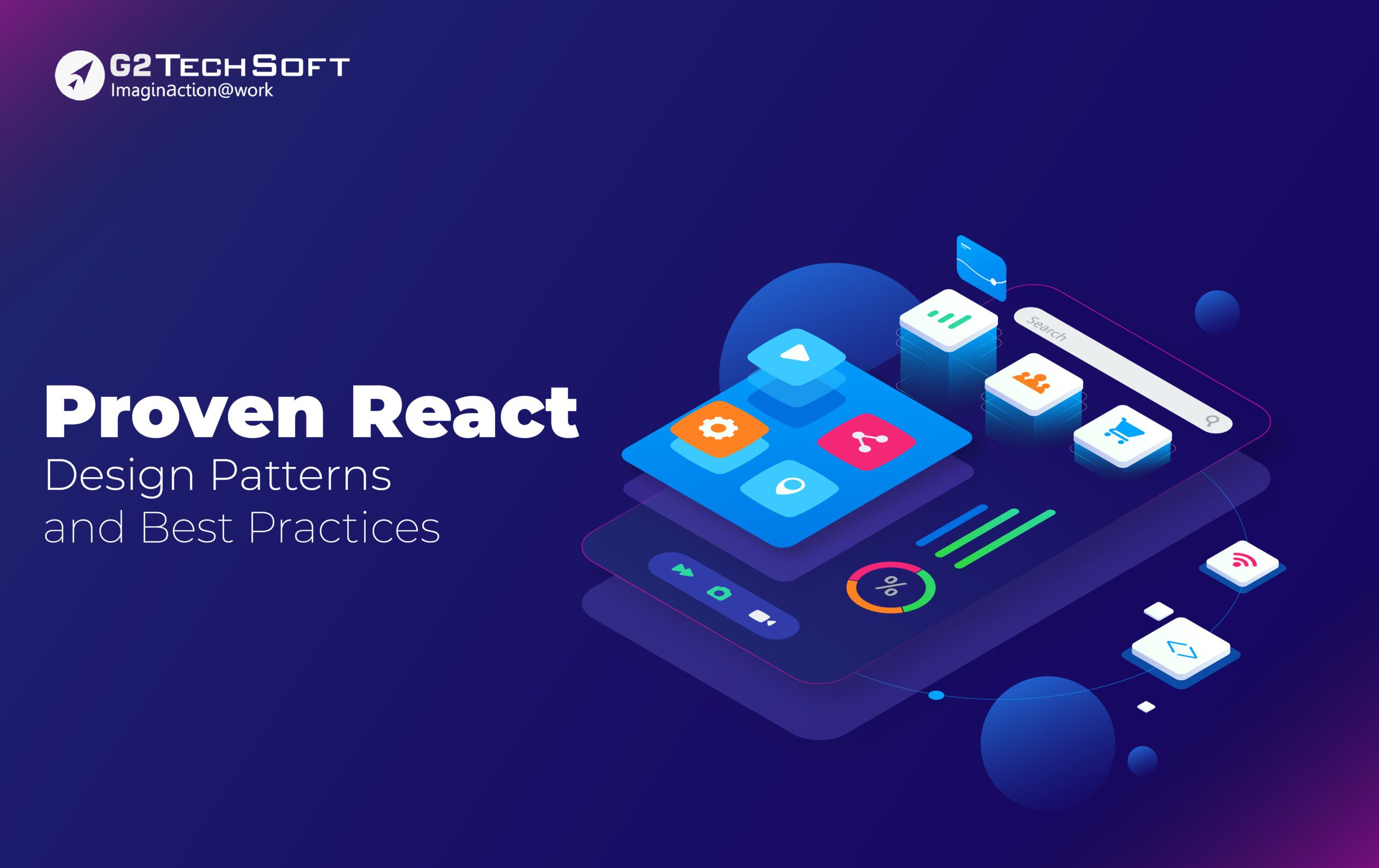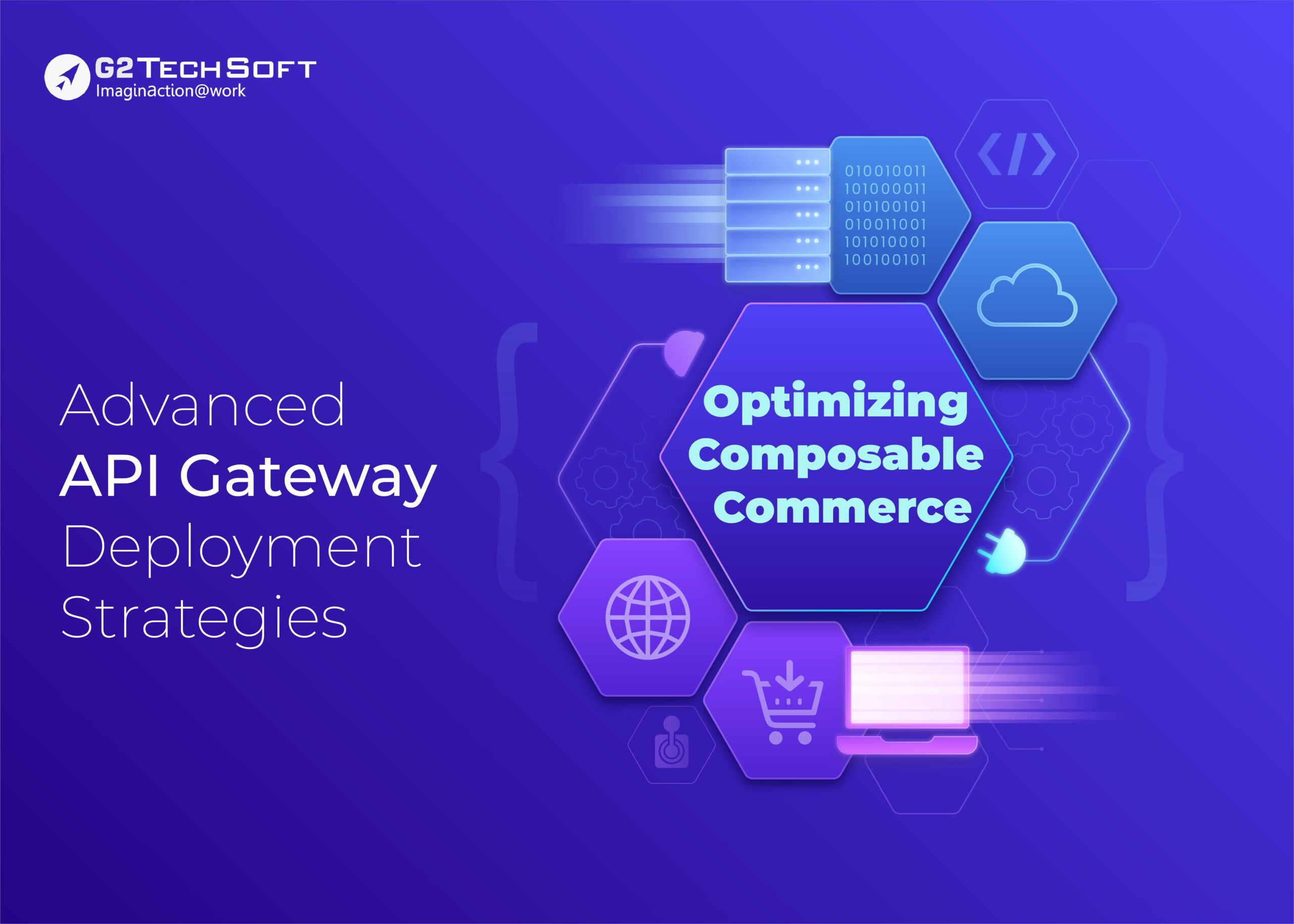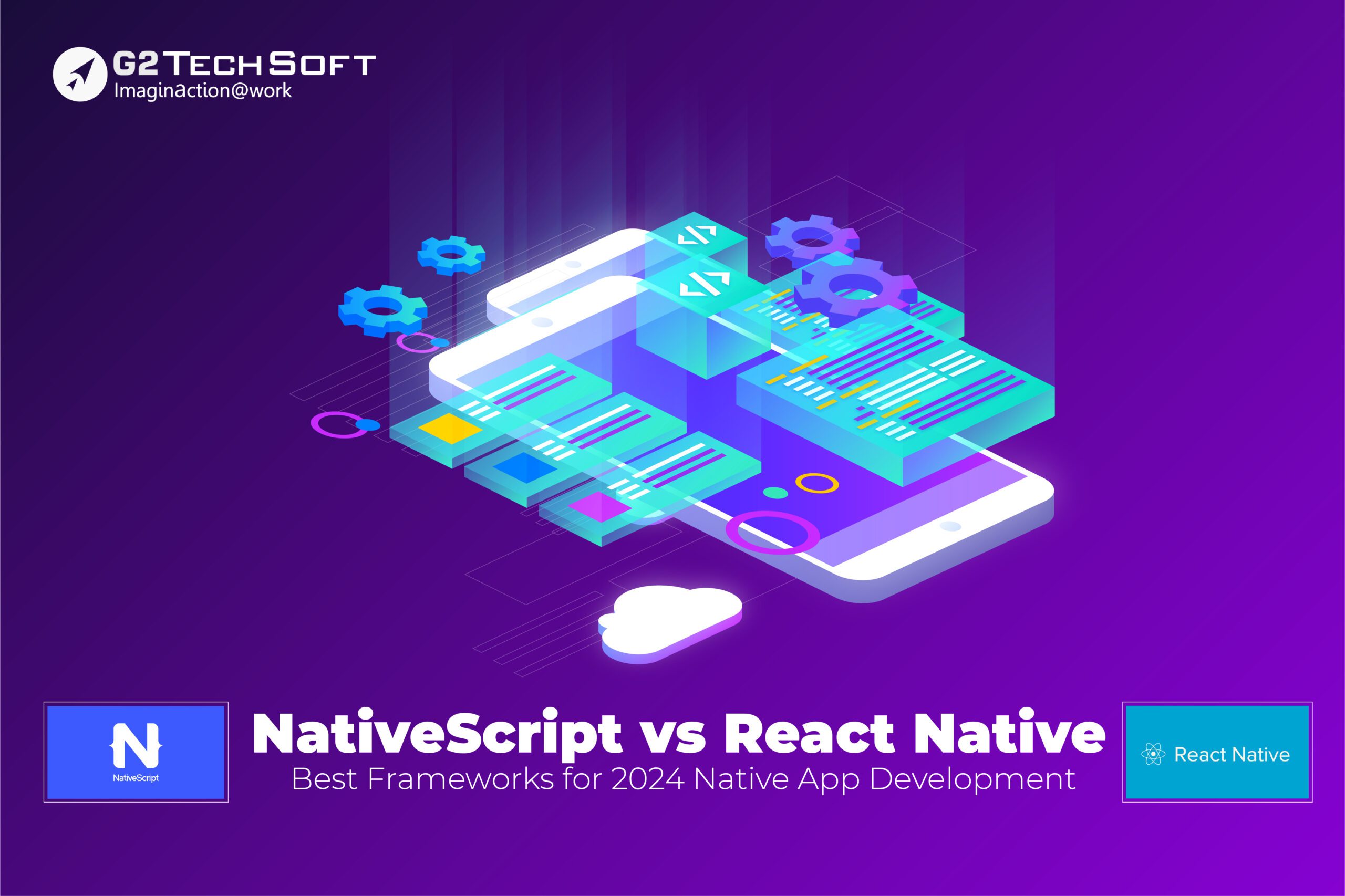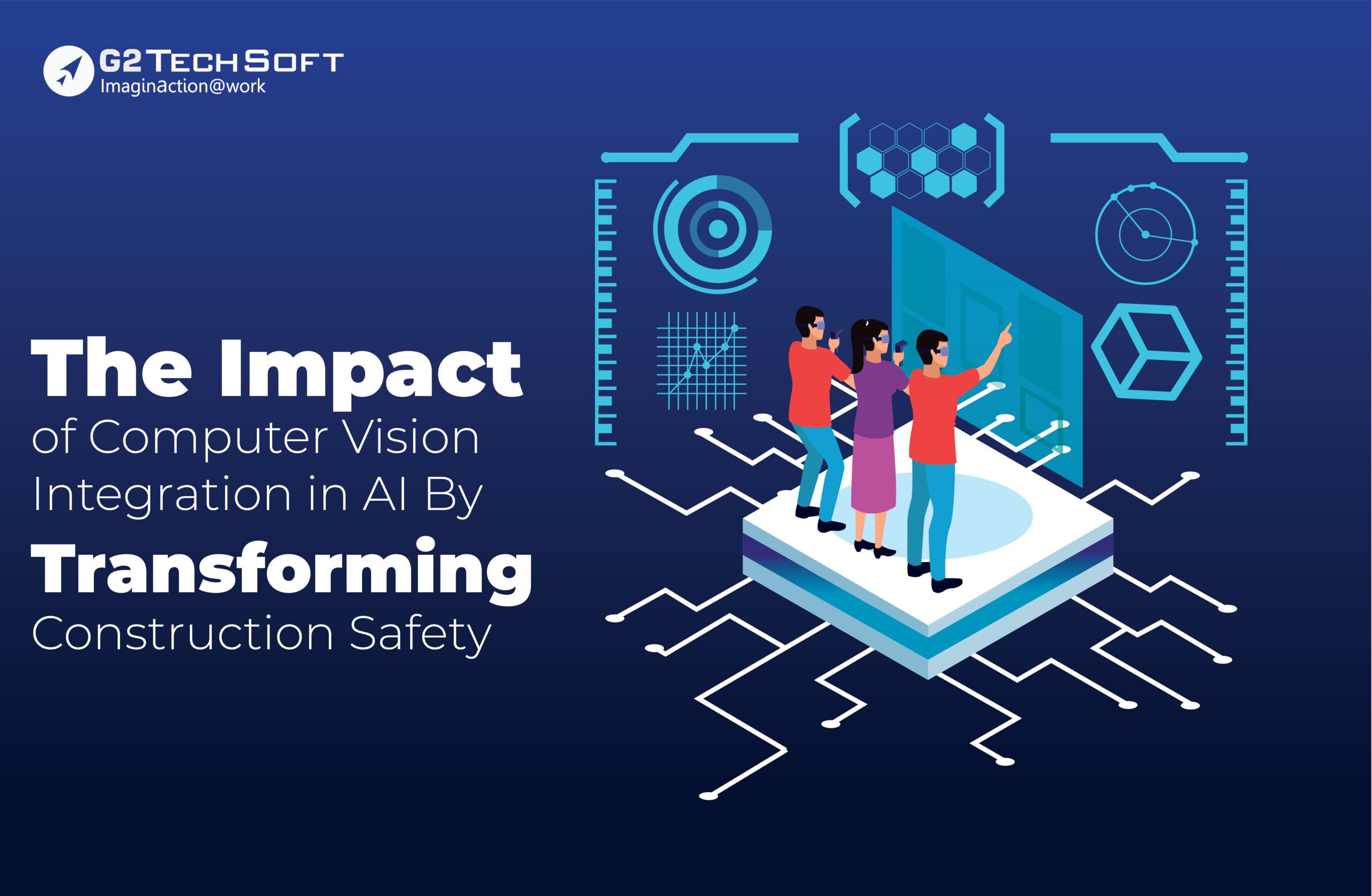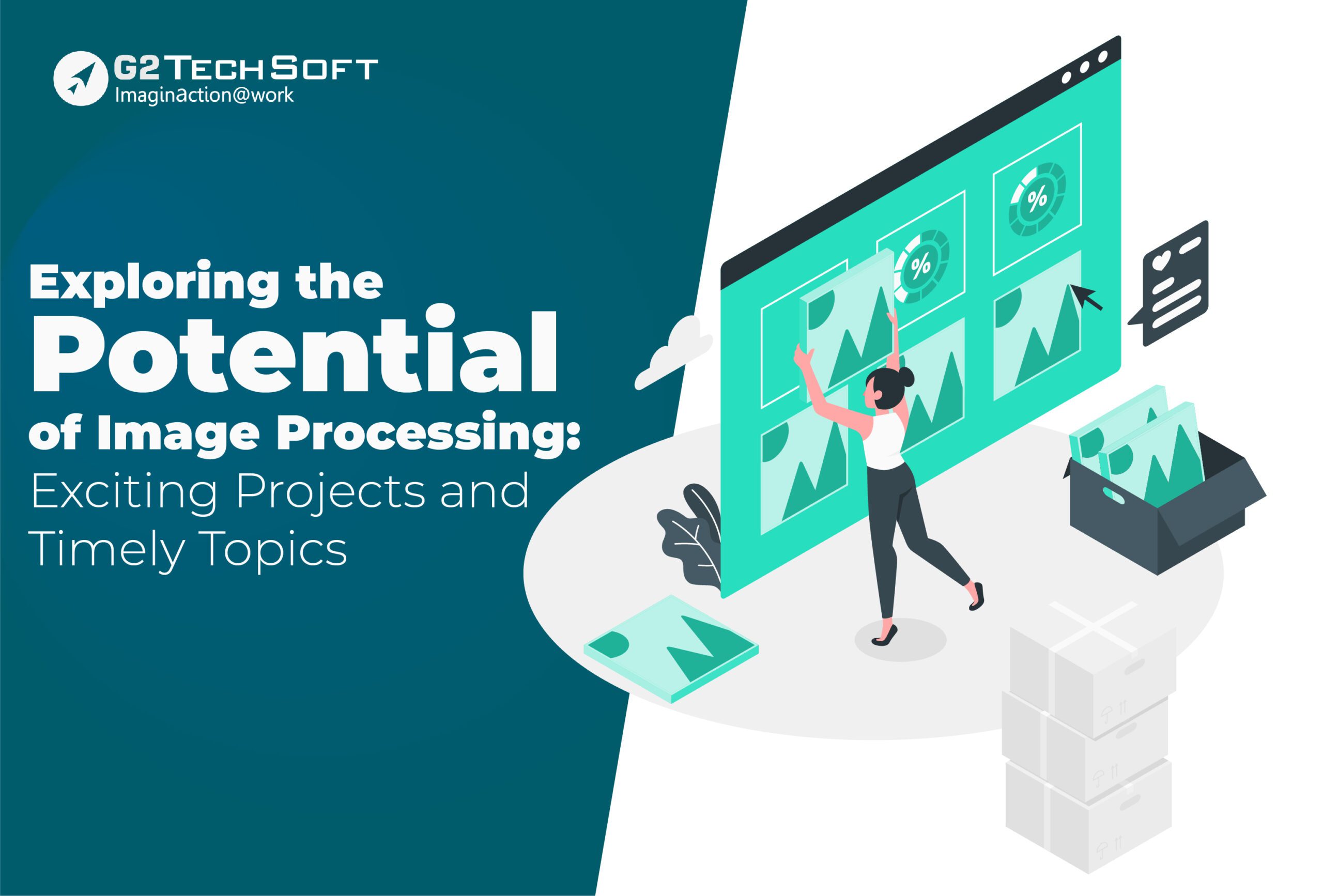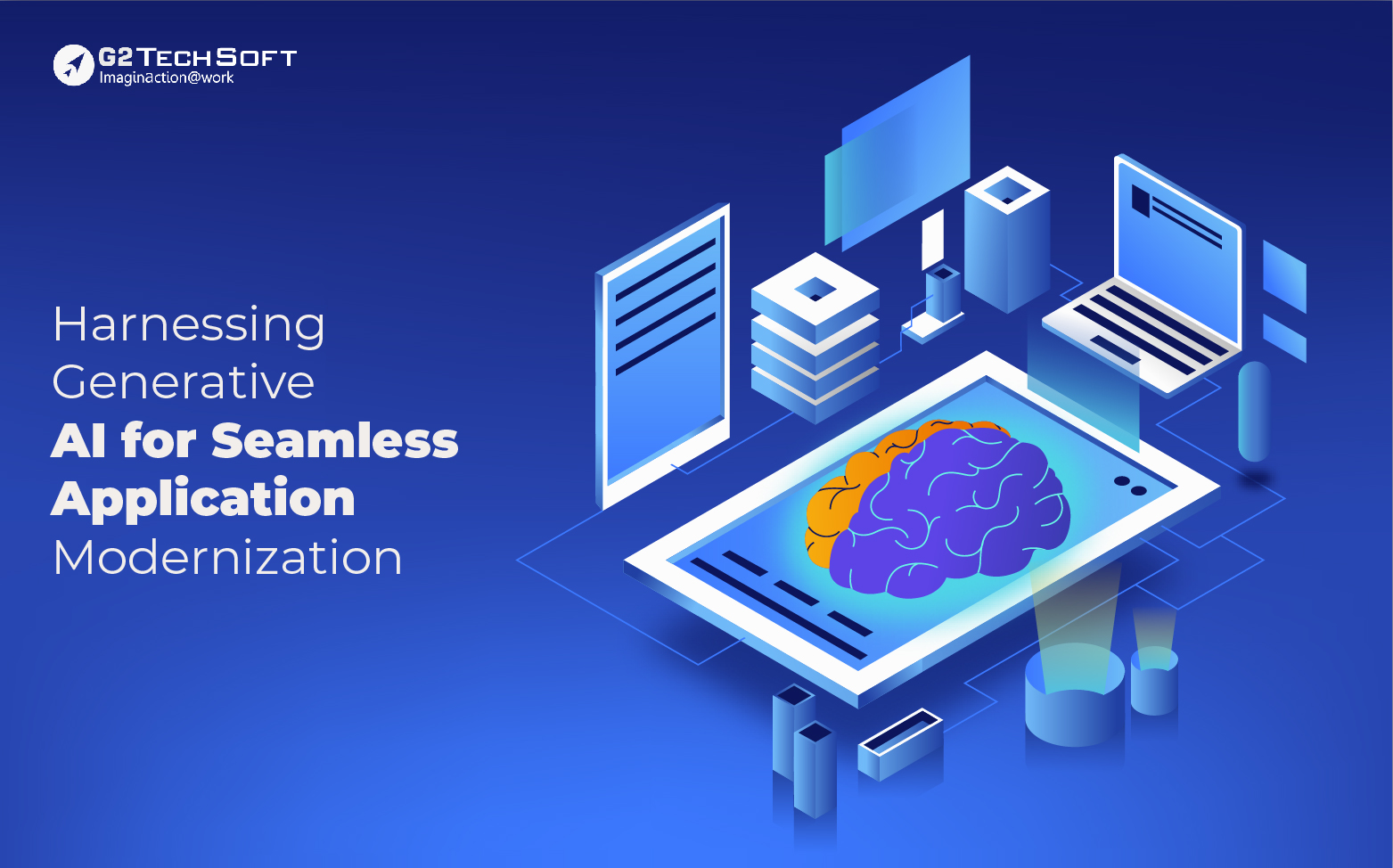
A Comprehensive Overview of Application Modernization Strategies
Making use of new AI technology is a smart move for businesses. It involves using AI applications, apps, and software that operate in the cloud. AI can be applied to various systems and aid in software development, data analytics, and automation. When integrating AI into business, it’s essential to consider the user experience and the capabilities of AI. This process involves analyzing data, leveraging AI for cybersecurity, and automating various tasks.
Now, let’s talk about application modernization. This is about updating and improving existing computer programs. The first step is to assess current applications, data, and infrastructure. Then, a strategy is applied to modernize these applications—moving them to the cloud or rebuilding them entirely. Rebuilding can bring maximum benefits but requires a significant investment. On the other hand, rehosting involves moving applications to the cloud without optimizing them, requiring less investment but providing lower value.
Modernized applications are continuously deployed, monitored, and adjusted to keep up with technology and business changes. The goal is to increase agility, cost-effectiveness, and competitiveness. However, challenges include complexity and resource demands. Many companies realize that moving to the cloud doesn’t always bring the expected benefits. The real issue often lies in how IT is organized and how applications and services are built and managed.
Exploring The Risks And Realities Of Artificial Intelligence In Today’s World:
Using new AI technology in your operations comes with challenges. These include concerns about existing intellectual property and relying too much on AI, which might mean not having enough human oversight. There’s also the risk of getting too tied to specific AI vendors, limiting flexibility.
Other potential problems involve biased or incorrect AI responses, usually because of incomplete or poorly chosen training data. If you lack domain knowledge when implementing AI, it could lead to the wrong decisions. To address these issues and develop a responsible AI strategy, it’s crucial to collaborate with domain experts and maintain strong AI practices.
The Strategic Influence Of AI In Application Modernization:
To succeed, organizations need to keep up with the latest technology and regularly improve their working methods. Application modernization is a pivotal process to make sure that the computer programs a company uses are always at their best to meet changing needs. Combining this with the power of new AI brings even more possibilities for scalable, efficient, and innovative solutions that can adapt to the fast-paced business world.
The Transformative Impact Of AI In Application Modernization:
At its core, application modernization involves updating existing software, infrastructure, and processes to meet current business needs. AI emerges as a crucial factor in this journey, bringing significant advantages:
1. Enhanced Decision-Making With AI Analytics:
AI thrives on data, offering valuable insights for informed decision-making, operational optimization, and discovering new revenue streams. It provides real-time intelligence for navigating the volatile business environment.
2. Automated Code Refactoring Through AI:
Addressing legacy codebases is a challenge in modernization. AI-driven tools can quickly scan and suggest optimal refactoring strategies, speeding up the process and ensuring robust and maintainable code.
3. Optimized Infrastructure Management With AI:
AI predicts infrastructure load, dynamically allocating resources for optimal performance. It results in significant cost savings and limits the environmental impact.
4. Improved User Experience With AI:
Real-time analysis of user interactions allows AI to provide insights for redesigning interfaces and workflows. Personalized user experiences, powered by AI recommendations and chatbots, enhance satisfaction and boost engagement.
5. Predictive Maintenance With AI:
AI predicts potential system failures, enabling preemptive addressing of issues and ensuring uninterrupted service with a consistent user experience.
6. Security Enhancements With AI:
AI-driven security solutions monitor application access, detect anomalies, and flag potential breaches. It assists in real-time threat analysis, making it an indispensable tool in the modern cybersecurity arsenal.
7. Streamlined Development And Deployment With AI:
AIOps integrates AI into the development and deployment pipeline, reducing manual interventions, detecting issues early, and optimizing code for performance and scalability. It leads to a faster, more effective, and more efficient development cycle.
8. Facilitated Integration With Modern Ecosystems Using AI:
AI assists in understanding and integrating with newer ecosystems like IoT, AR/VR, and blockchain. It recommends optimal integration strategies and automates some integration tasks.
9. Continuous Learning And Adaptation With AI:
AI’s ability to learn continuously ensures that modernized applications remain relevant and effective as business needs evolve. This adaptive capability ensures longevity and ROI from modernization efforts.
10. Cost Efficiency Through AI:
By automating processes, predicting and mitigating issues, and optimizing resources, AI significantly reduces costs associated with application modernization, allowing businesses to achieve more with their budgets. AI is not just an auxiliary tool but the linchpin of modernization strategies, offering compelling benefits for businesses.
Navigating The Crucial Steps On The Path To Implementation:
1. Identifying And Assessing Applications
Application Inventory: Start by making a complete list of all the applications in your organization. Understand their importance for the business, their technology, their dependencies, and who uses them.
AI Potential Assessment: Not all applications benefit the same from AI. Rate each application based on things like how much data they use, how users interact with them, and the potential benefits of adding AI. This helps decide which applications to update first.
2. Setting Clear Objectives:
Define KPIs: It’s crucial to set clear and measurable goals. Whether it’s increasing user engagement, making things more efficient, or improving accuracy, make sure these goals match the broader objectives of the business.
Value Proposition: Figure out specific ways AI can improve the application. This might mean using chatbots for a better user experience, automating tasks, or predicting trends with analytics.
3. Planning Data Strategy:
Data Collection: AI relies a lot on data, so make sure your applications can gather, store, and manage data properly.
Data Quality: Clean and enrich your data. Bad data leads to bad AI outcomes, so keeping the data accurate is very important.
Data Ethics: Set rules about how to use data. It ensures that you follow regulations and maintain user trust.
4. Choosing The Right AI Models And Tools:
Off-the-Shelf vs. Custom Models: Some applications work well with pre-made AI models, while others need special ones made just for them.
Cloud vs. On-Premise: Decide whether your AI models will be in the cloud or on your servers. Cloud platforms offer flexibility, but on-site solutions might be better for sensitive data.
Toolkits And Frameworks: Use established AI frameworks like TensorFlow and PyTorch, depending on your application needs.
5. Iterative Development And Testing:
Prototype: Start with a basic set of AI features for your application. This helps see how well AI can be added and what impact it will have.
User Feedback: Have users test the AI features. Their feedback helps make sure the AI adds real value.
Continuous Learning: Keep training the AI models with new data to keep them accurate and up-to-date.
6. Change Management And Training:
Staff Training: Make sure your team knows how to work with AI. This might mean training sessions, workshops, or learning while doing the job.
User Onboarding: Teach end-users how to use the new AI features, highlighting the benefits and addressing any concerns.
7. Continuous Monitoring And Evolution:
Performance Tracking: Keep an eye on how well the AI-enhanced application performs compared to the set goals.
Evolution: As things change in business, user needs, and technology, keep updating and expanding the AI features of your applications.
Feedback Loop: Create ways to get feedback from users and the application. This feedback helps fine-tune the AI models and features.
Key Takeaways:
Updating applications on a large scale is now a necessity for businesses to stay competitive. AI, with its analyzing and automating abilities, is a strong ally in this process. Integrating AI speeds up modernization, optimizing applications for performance, security, and user experience. Despite needing planning and investment, the benefits of AI can help businesses reach new heights in the digital era.
Choose G2 TechSoft For Application Modernization At Scale:
Consider G2 TechSoft as your preferred partner for large-scale application modernization. With our expertise and commitment, we specialize in transforming and updating applications to meet the demands of the ever-evolving business landscape. Our comprehensive approach ensures that your applications are modernized and optimized for enhanced performance, security, and user experience. Trust G2 TechSoft to navigate the complexities of application modernization, providing tailored solutions that propel your business forward in the digital age.
